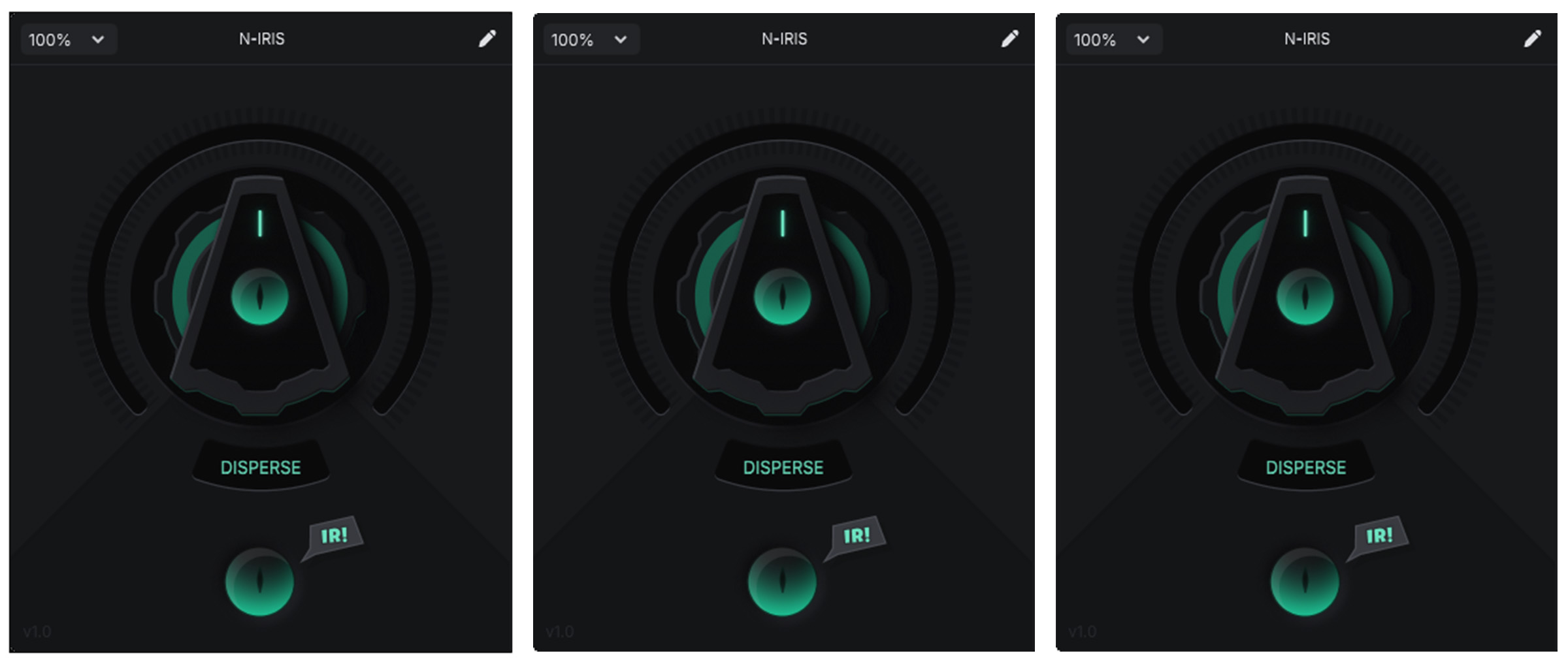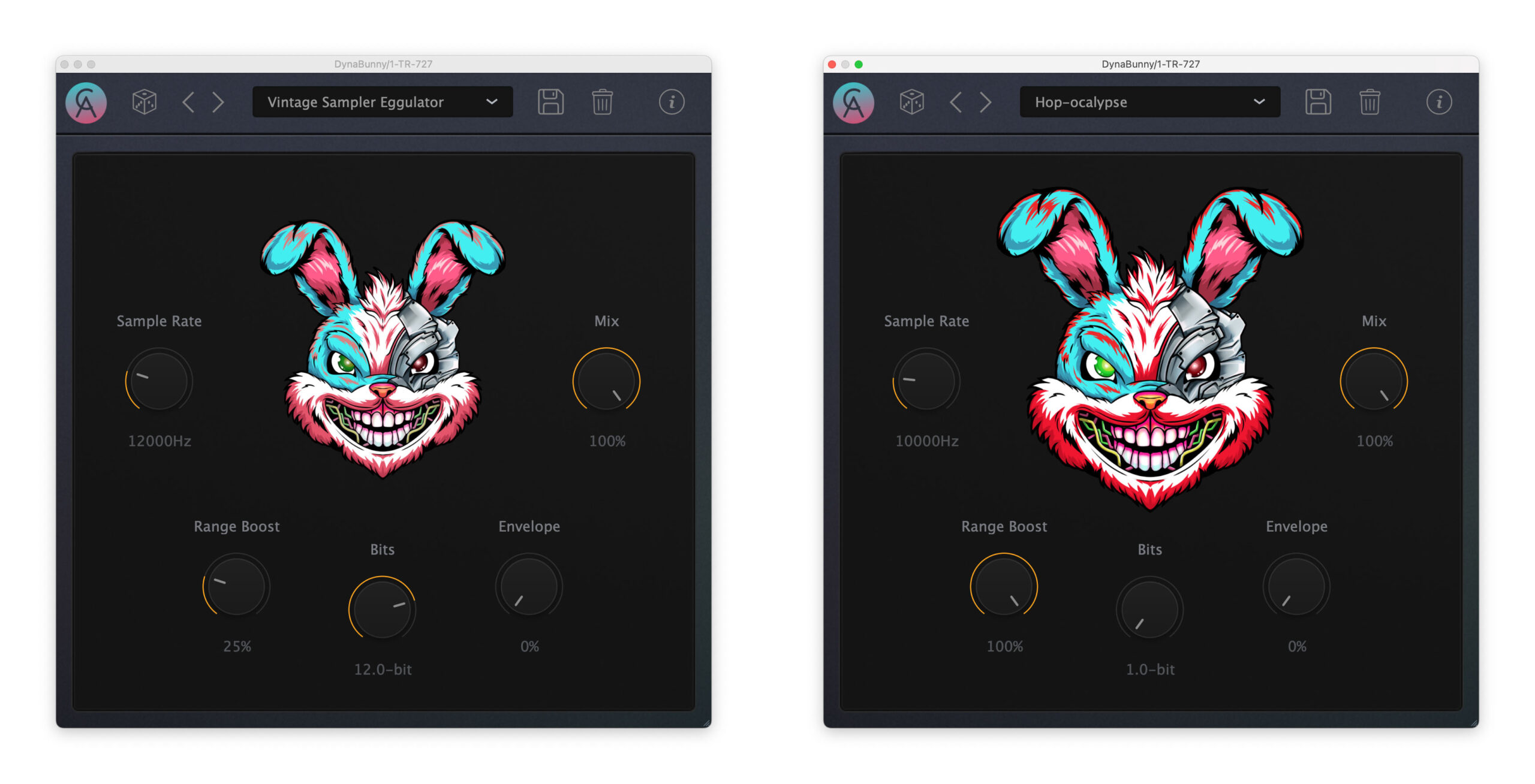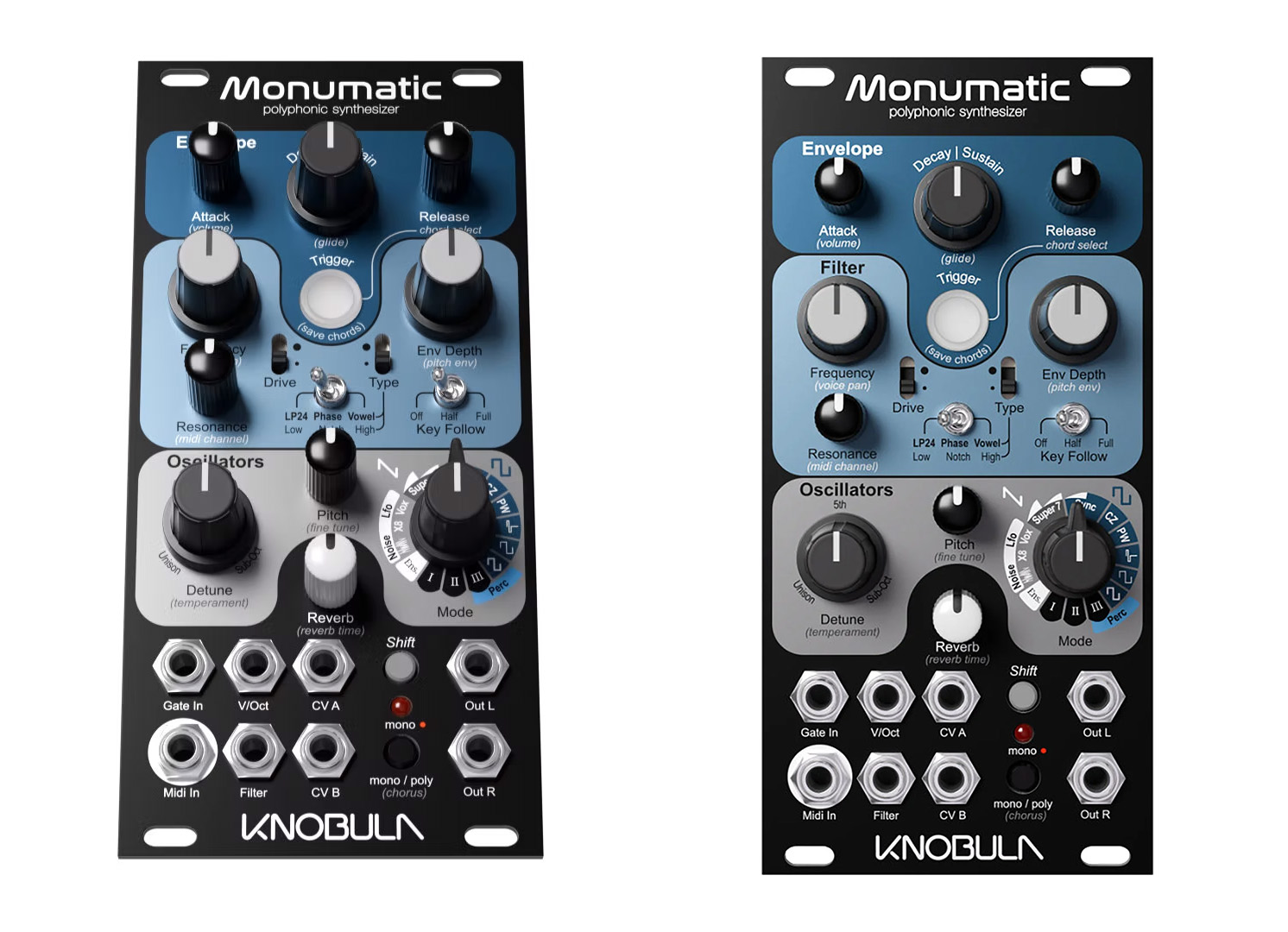What Is a Negative Connotation? Definition + Examples
You wake up on a rainy Sunday morning, buzzing with energy. Your 14-year-old son is out playing football in the mud with his friends, so you jump in. From the window, your wife smiles and says, “That’s the youthful energy I fell in love with.” Her mother chimes in, “You fell in love with a man-child.”Both words describe one with characteristics associated with youth, but “youthful” feels like praise, and “man-child” feels like Simon Cowell just insulted your whole personality.Why?The secret lies in their undertones—a feeling that a word invokes in addition to its literal meaning. It is also called connotation, which we've covered in a previous article. Now, we'll go over the definition and examples of negative connotations specifically, so you can use them to boost your writing skills.What is a Negative Connotation?Negative connotation refers to the unfavorable, unlikable, unfriendly, unsavory, or downright derogatory feeling—or undertone—insinuated by a word or a phrase that goes beyond its literal definition.How Does a Negative Connotation Affect Communication?Just as shading gives a picture its depth, connotation gives communication its depth. This depth comes in the form of mood and tone. We can express the same idea and yet have opposite meanings simply by choosing words that carry opposite connotations. Negative connotations can stir up negative feelings, such as distress, disapproval, despair, anxiety, and even dread. So when we say “choose words wisely,” what we really mean is choosing the right connotations. If you have a fair sense of connotation, you can write, speak, and interpret more efficiently.How Negative Connotations Can Affect CommunicationNow that we know what negative connotation is, how can we use it in our own writing to develop characters and conflict? Let’s dive in.1. It Can Create ConflictThe first and foremost impact a negative connotation can have on your communication is making it tense. Whether it is intentional or unintentional, if you imply something negatively, it’s going to have a negative response.2. It Can Be Used to Make Criticism HarsherBuilding tension between characters is also important. If you want them to let out frustration or disapproval at something, you express it with a negative connotation.3. It Can Highlight the Severity of a MessageNegative connotations generate strong negative emotional reactions, such as anxiety, grief, or fear. That’s why sometimes highlighting the negative aspects of a fact is more important than simply stating the truth, as it creates a sense of gravity.4. It Can Manipulate Comprehension, Interpretation, and OpinionNegative connotations can drive people to understand and interpret information negatively and consequently form negative opinions.5. It Can Mold And/or Reinforce a Toxic AtmosphereIt's a no-brainer that by using negative connotations, you create a negative atmosphere. This could be used to show how a character views their world and the people around them.6. It Can Improve the NarrativeNegative connotations can add significant depth to the narrative and characters in a story, thereby enriching the whole experience of the story.Negative Connotation ExamplesA character who usually calls their mom "Mommy," which is a term of endearment, calls them "Mother" when they are upset with her.Instead of calling a gift "affordable" or "inexpensive," your character calls it "cheap."Instead of a character calling a situation "serious," they instead call it "dire."Instead of a character saying, “He is an assertive leader,” they could say, “He is a dictator.”Instead of a character saying, “He is very quiet and always keeps to himself,” they might say, “He is a creep.”J.K. Rowling always describes Severus Snape with words that carry negative connotations, such as “cold,” "sneaky," and “spiteful.” Later in the story, she also uses words that imply he is sad, lonely, and unfortunate. These connotations add depth and layers to his character.ConclusionSince words are much more than just their literal meanings, negative connotations play a pivotal role in shaping perceptions, influencing emotions, and guiding responses to language. They can evoke subconscious biases and reactions that impact communication and decision-making. Therefore, we must remain mindful of their influence in our writing and how audiences will potentially react to them.____________________________________________________________________________


You wake up on a rainy Sunday morning, buzzing with energy. Your 14-year-old son is out playing football in the mud with his friends, so you jump in. From the window, your wife smiles and says, “That’s the youthful energy I fell in love with.” Her mother chimes in, “You fell in love with a man-child.”
Both words describe one with characteristics associated with youth, but “youthful” feels like praise, and “man-child” feels like Simon Cowell just insulted your whole personality.
Why?
The secret lies in their undertones—a feeling that a word invokes in addition to its literal meaning.
It is also called connotation, which we've covered in a previous article. Now, we'll go over the definition and examples of negative connotations specifically, so you can use them to boost your writing skills.
What is a Negative Connotation?
Negative connotation refers to the unfavorable, unlikable, unfriendly, unsavory, or downright derogatory feeling—or undertone—insinuated by a word or a phrase that goes beyond its literal definition.
How Does a Negative Connotation Affect Communication?
Just as shading gives a picture its depth, connotation gives communication its depth.
This depth comes in the form of mood and tone. We can express the same idea and yet have opposite meanings simply by choosing words that carry opposite connotations.
Negative connotations can stir up negative feelings, such as distress, disapproval, despair, anxiety, and even dread. So when we say “choose words wisely,” what we really mean is choosing the right connotations.
If you have a fair sense of connotation, you can write, speak, and interpret more efficiently.
How Negative Connotations Can Affect Communication
Now that we know what negative connotation is, how can we use it in our own writing to develop characters and conflict? Let’s dive in.
1. It Can Create Conflict
The first and foremost impact a negative connotation can have on your communication is making it tense. Whether it is intentional or unintentional, if you imply something negatively, it’s going to have a negative response.
2. It Can Be Used to Make Criticism Harsher
Building tension between characters is also important. If you want them to let out frustration or disapproval at something, you express it with a negative connotation.
3. It Can Highlight the Severity of a Message
Negative connotations generate strong negative emotional reactions, such as anxiety, grief, or fear. That’s why sometimes highlighting the negative aspects of a fact is more important than simply stating the truth, as it creates a sense of gravity.
4. It Can Manipulate Comprehension, Interpretation, and Opinion
Negative connotations can drive people to understand and interpret information negatively and consequently form negative opinions.
5. It Can Mold And/or Reinforce a Toxic Atmosphere
It's a no-brainer that by using negative connotations, you create a negative atmosphere. This could be used to show how a character views their world and the people around them.
6. It Can Improve the Narrative
Negative connotations can add significant depth to the narrative and characters in a story, thereby enriching the whole experience of the story.
Negative Connotation Examples
- A character who usually calls their mom "Mommy," which is a term of endearment, calls them "Mother" when they are upset with her.
- Instead of calling a gift "affordable" or "inexpensive," your character calls it "cheap."
- Instead of a character calling a situation "serious," they instead call it "dire."
- Instead of a character saying, “He is an assertive leader,” they could say, “He is a dictator.”
- Instead of a character saying, “He is very quiet and always keeps to himself,” they might say, “He is a creep.”
- J.K. Rowling always describes Severus Snape with words that carry negative connotations, such as “cold,” "sneaky," and “spiteful.” Later in the story, she also uses words that imply he is sad, lonely, and unfortunate. These connotations add depth and layers to his character.
Conclusion
Since words are much more than just their literal meanings, negative connotations play a pivotal role in shaping perceptions, influencing emotions, and guiding responses to language.
They can evoke subconscious biases and reactions that impact communication and decision-making. Therefore, we must remain mindful of their influence in our writing and how audiences will potentially react to them.
____________________________________________________________________________







![‘Ready or Not 2’ Cast Announce Includes Sarah Michelle Gellar and David Cronenberg! [Video]](https://bloody-disgusting.com/wp-content/uploads/2019/07/ready-or-not-movie-1024x591.png)






























.png?format=1500w#)


.png?format=1500w#)










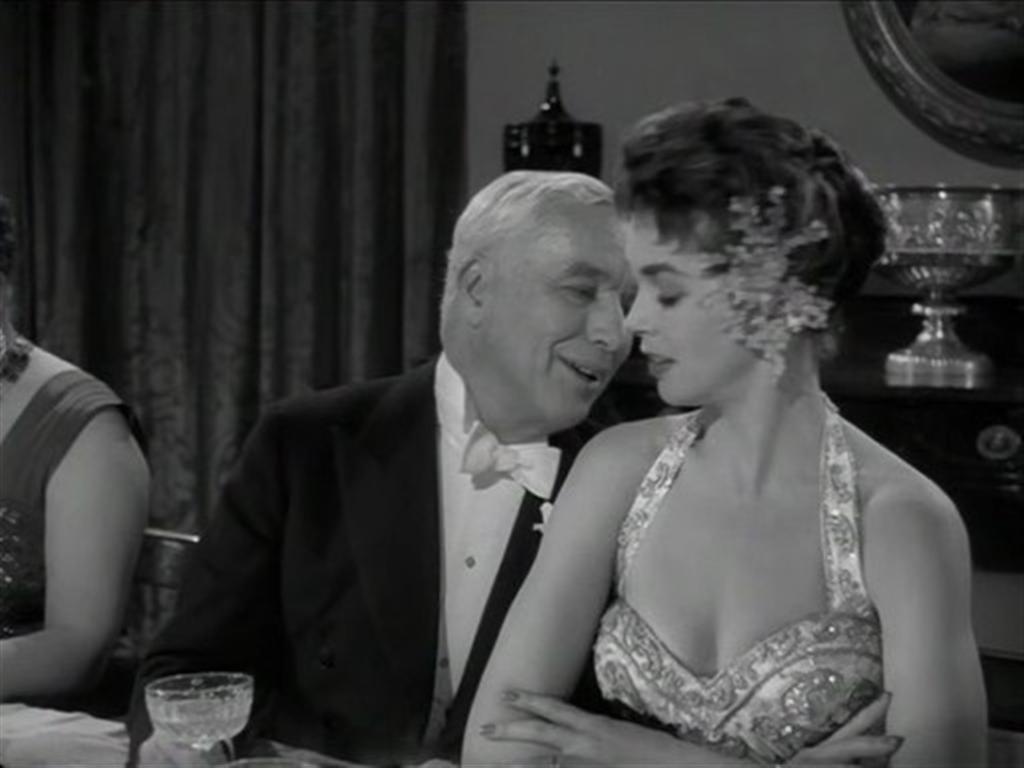







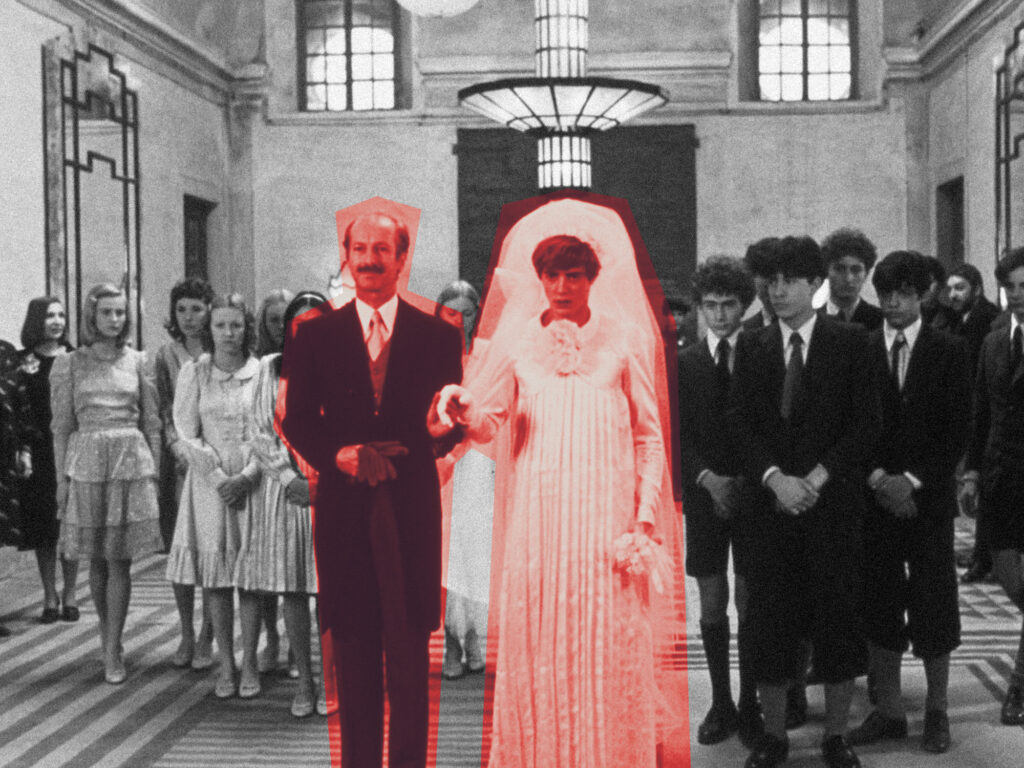





























































































































































![Mouse Invades United Club at LaGuardia on the Eve of $1,400 Fee Hike [Roundup]](https://viewfromthewing.com/wp-content/uploads/2025/04/united-club-lga.jpg?#)
![Caught on Video: “He Busted Through!” Frontier Airlines Passenger Storms Closed Las Vegas Gate [Roundup]](https://viewfromthewing.com/wp-content/uploads/2025/04/Screenshot-2025-04-20-140707.png?#)

![It’s Unfair to Pay 100% for 50% of a Seat—Why Airlines Must Start Refunding Customers When They Fail To Deliver [Roundup]](https://viewfromthewing.com/wp-content/uploads/2025/04/broken-american-airlines-seat.jpeg?#)































.jpg?#)
.jpg?#)





































































































































![[Podcast] Unlocking Innovation: How Play & Creativity Drive Success with Melissa Dinwiddie](https://justcreative.com/wp-content/uploads/2025/04/melissa-dinwiddie-youtube.png)






































































